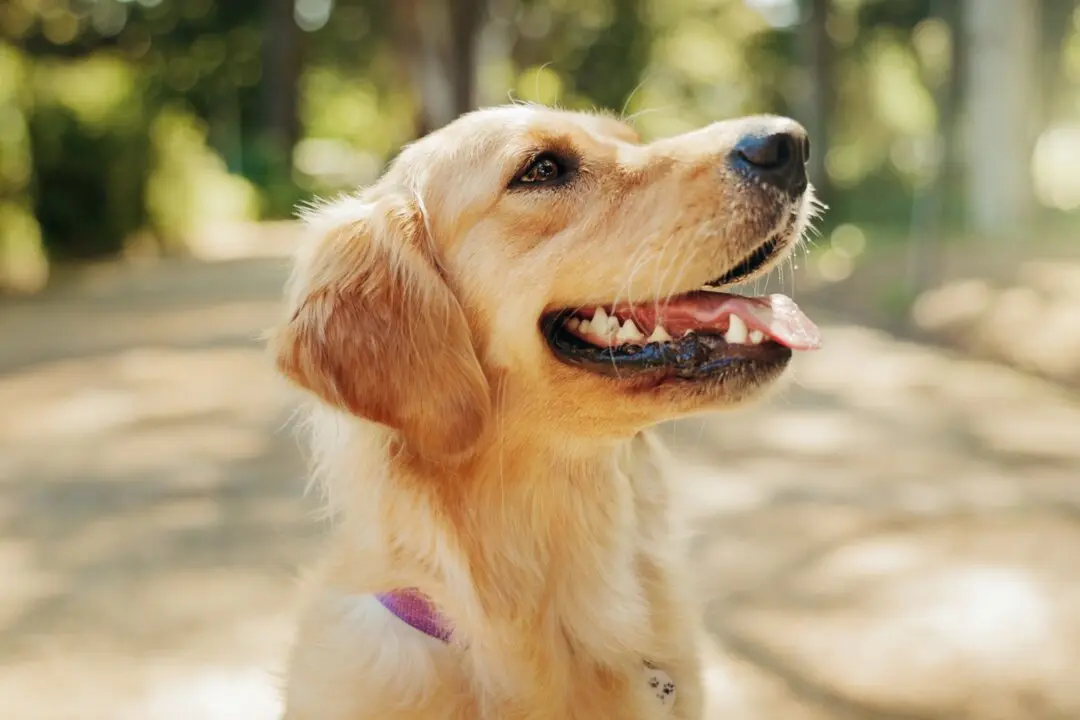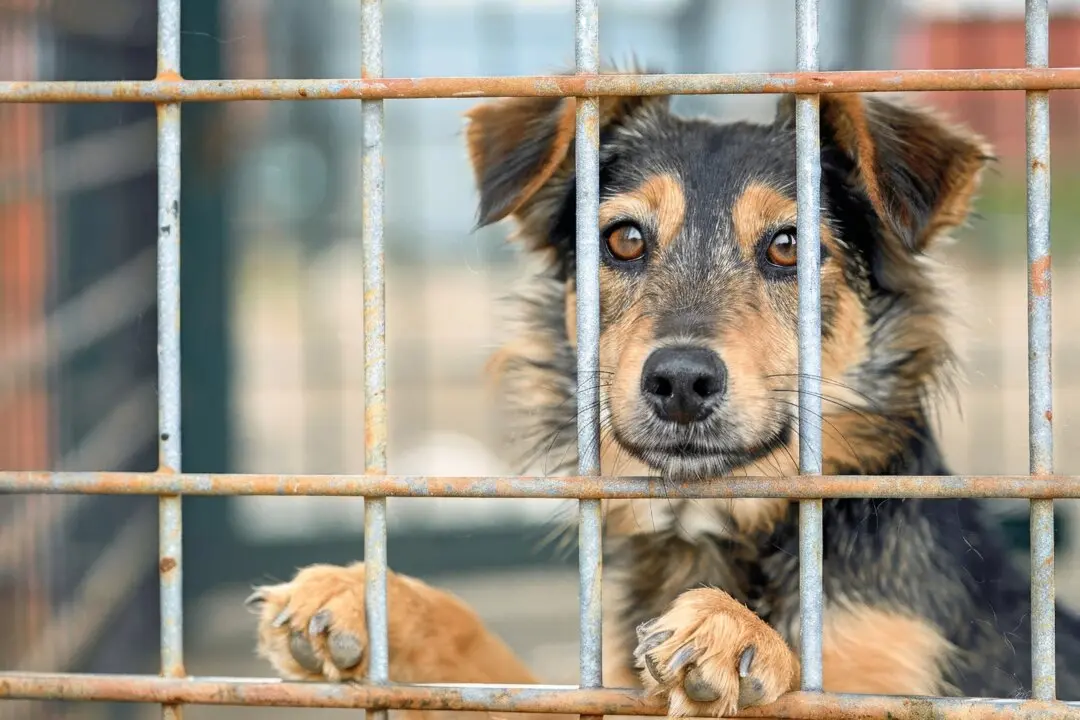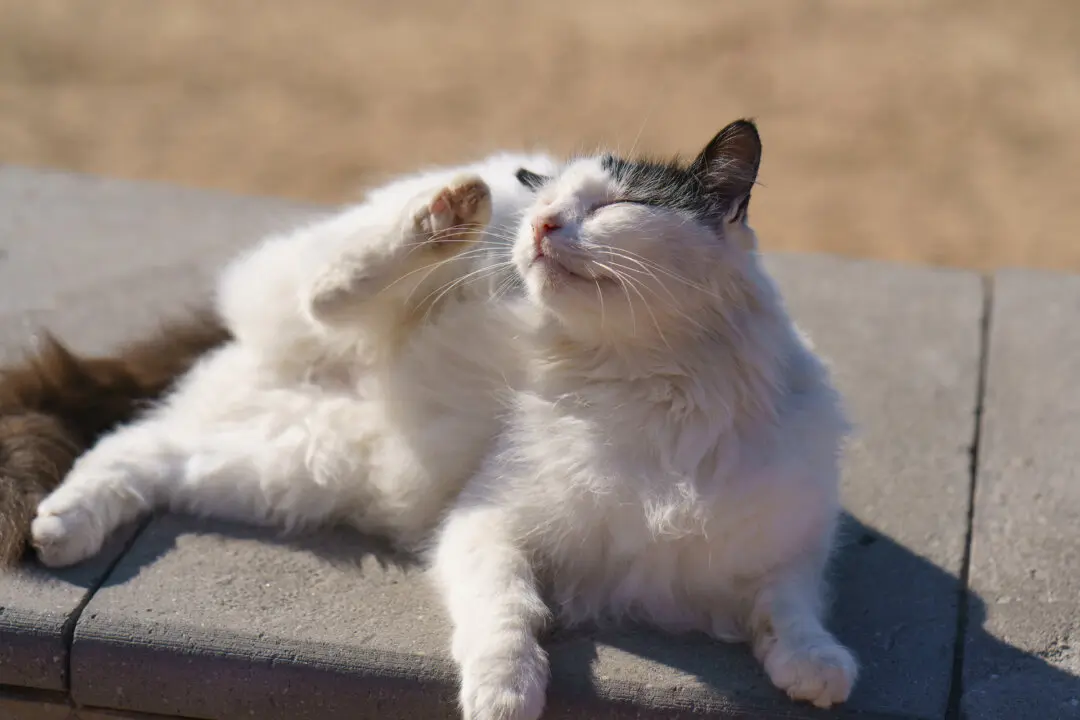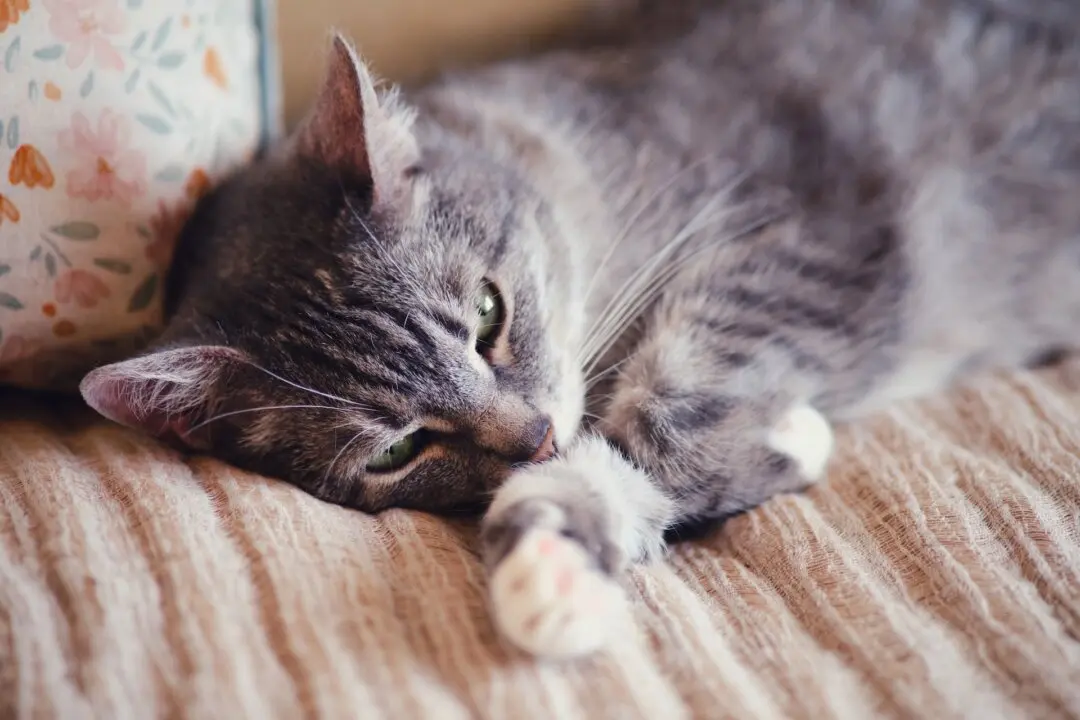Q: After my elderly father’s old Lab died, he felt so alone that he adopted a rambunctious Lab mix puppy. Rocket is big and boisterous, and I’m afraid he'll pull my dad down when they walk together. What should I do?
A: Start by talking with your father about returning Rocket to the shelter and adopting a smaller or older, more sedate dog instead. Shelter staff try to match each of their dogs with the most compatible adopter, so they will be happy to help.





